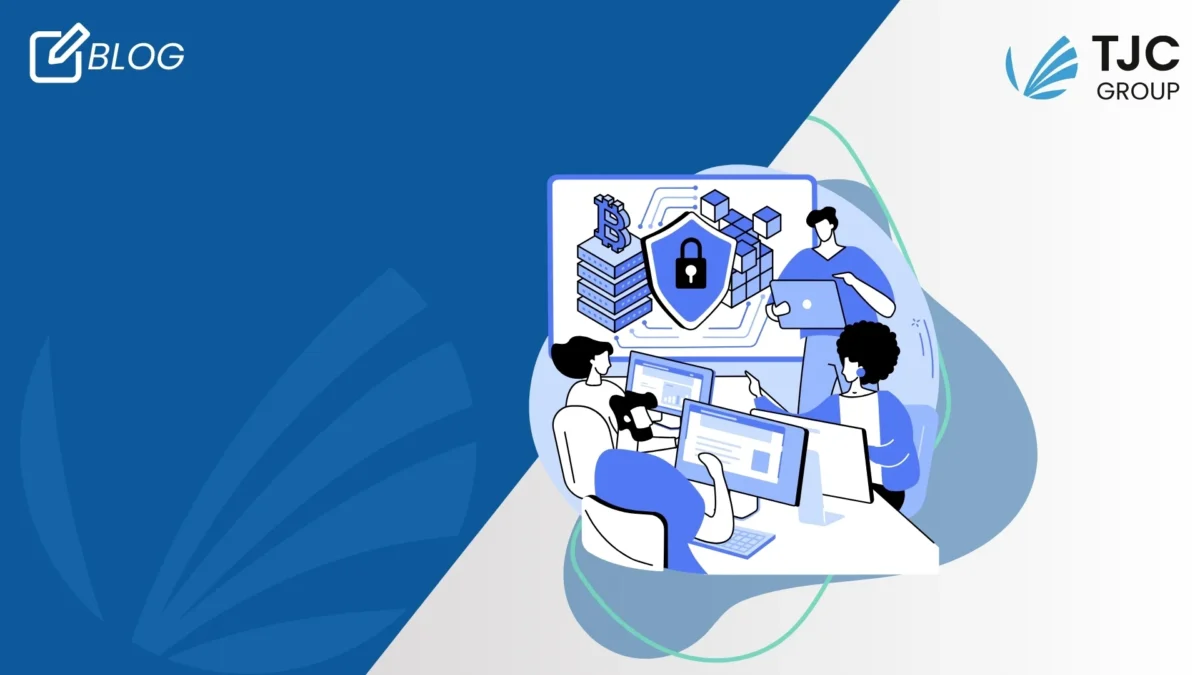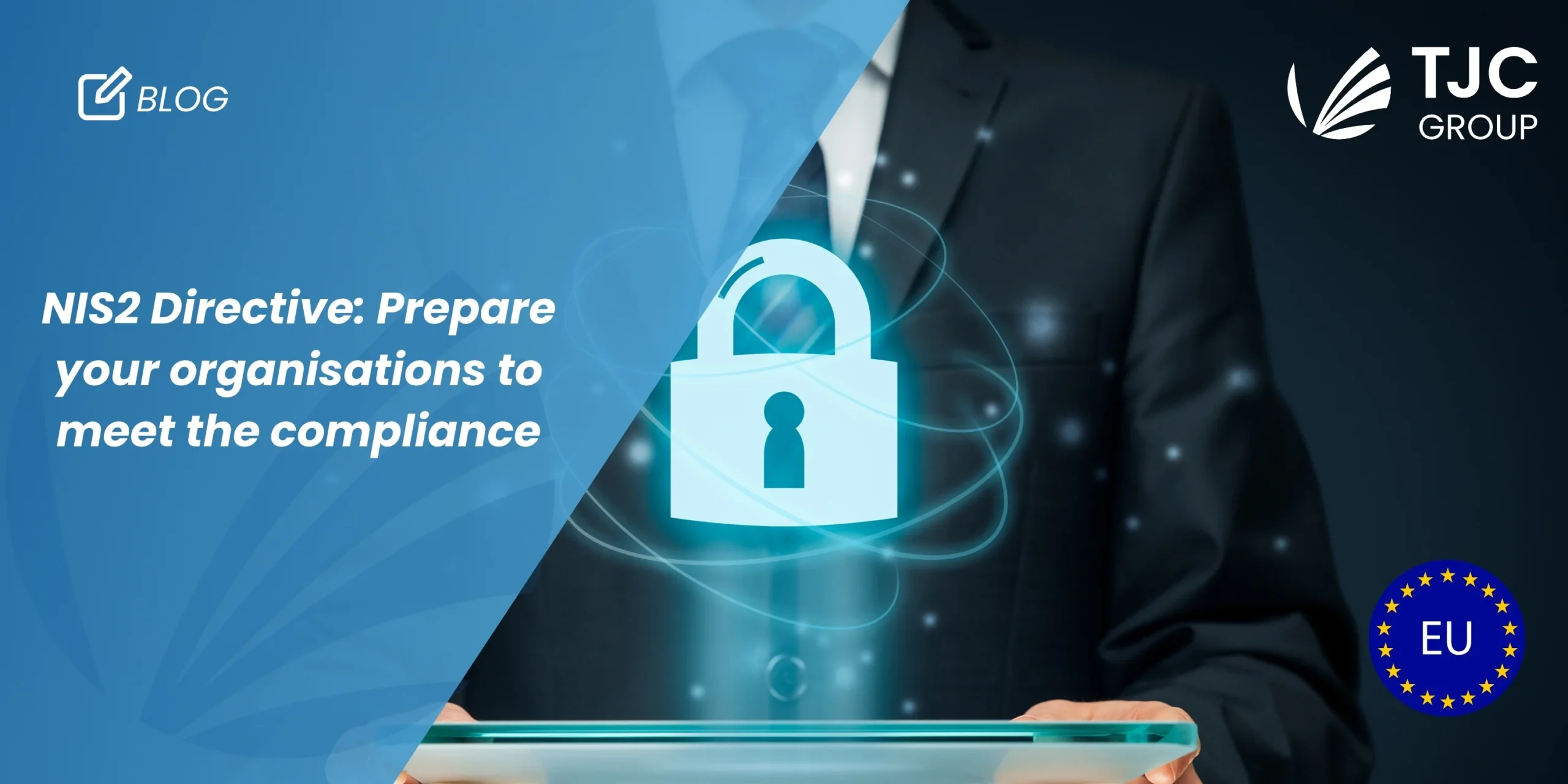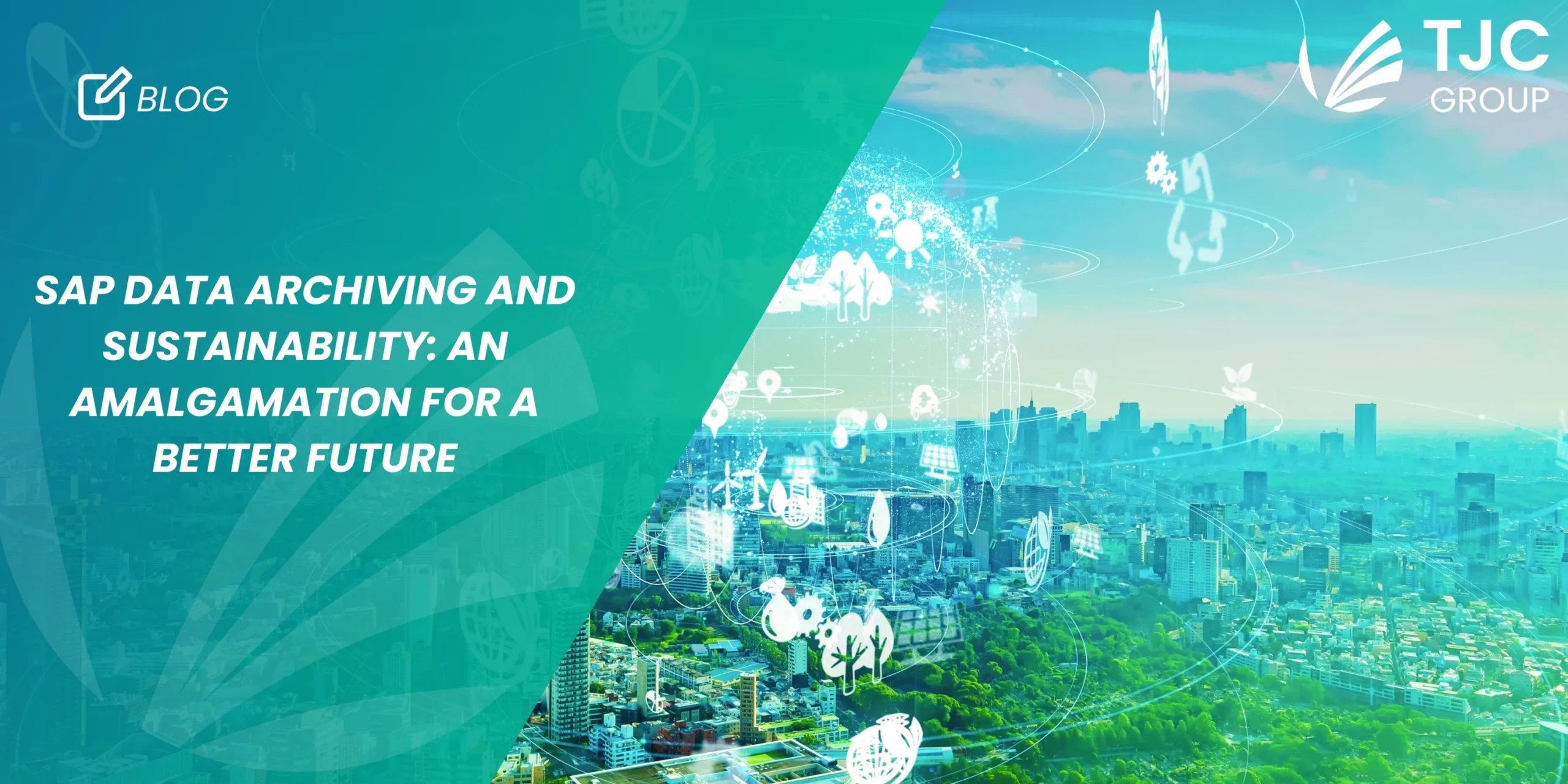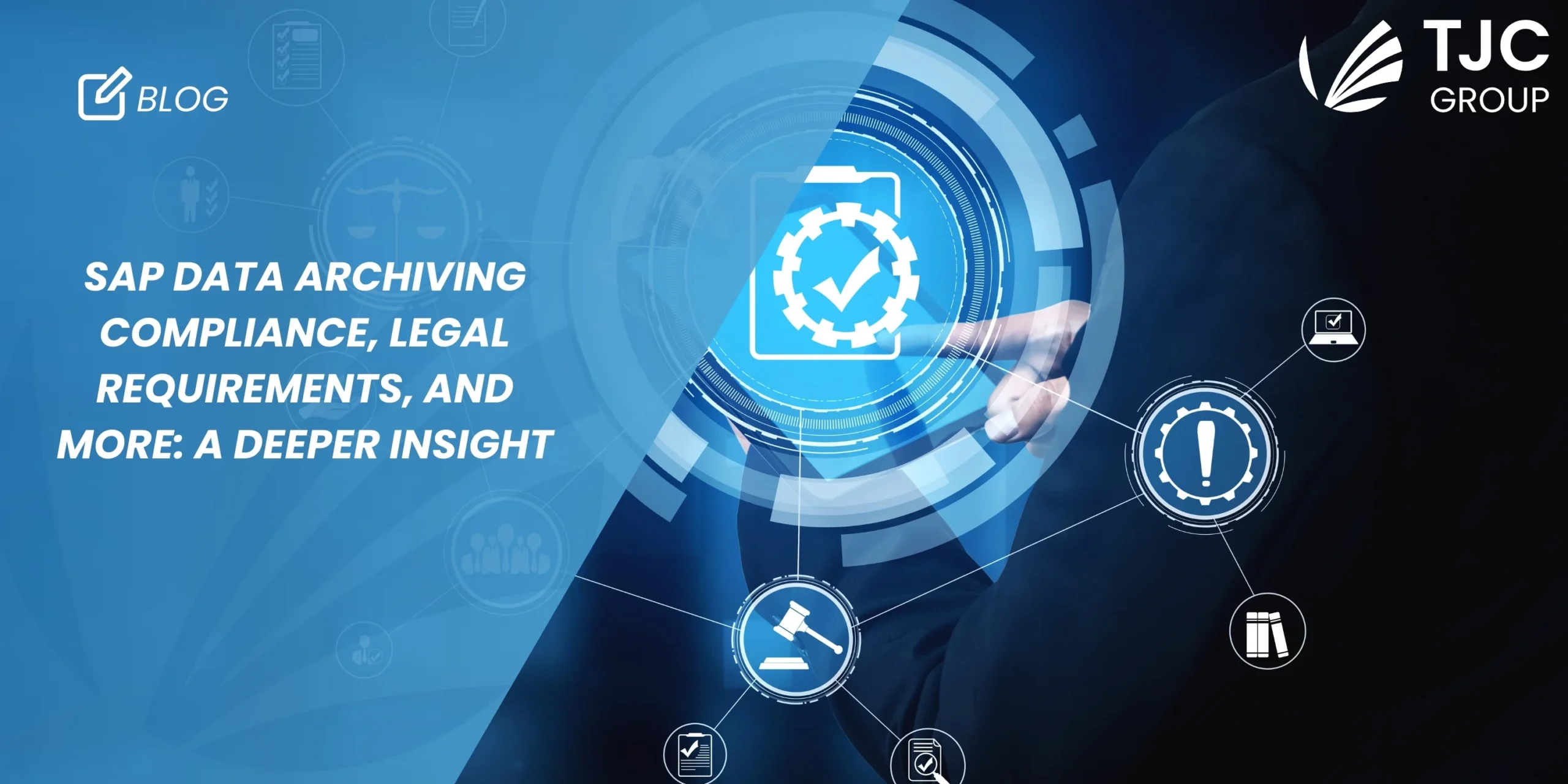The more our operational dependencies and data shift towards the digital landscape, the more we are under constant cyberthreats. The statement seems unnerving and discouraging, but, unfortunately, it is true! But do we stop relying on the ease of digitalisation and go back to everything manually? Absolutely not!
As a matter of fact, you’d be surprised to know that data archiving and cybersecurity, when coupled together, can help fight the vulnerabilities of legacy systems while shielding your data. Want to know how? Keep reading this blog!
Table of contents
The emerging rate of cyberattacks
Stating reports, it is said that in 2022, cybercrime cost the world approximately USD 6 trillion – which is more than the GDP of a few countries. Cybercrimes haven’t spared any sector – be it lifestyle, IT, beauty, or even government. However, cybercriminals mostly target small or medium businesses; according to reports, 43% of cybersecurity breaches are faced by such organisations. And here, even a single attack can lead to devastating effects.
But how do these cyberattacks begin? Microsoft says 60% of the attacks start with a breached system, especially if they are obsolete ones. Viruses, human errors (clicking on suspicious email links, falling for phishing scams, etc.), and even physical damages can cause these device breaches. They say, the more the data, the higher the potential for a data breach. However, one of the reasons for cyber breaches can be attributed towards the hidden vulnerabilities of having obsolete systems, as they are not patched or up to date.
What’s more shocking is that 70% of small firms run out of business within 6 months to 1 year if they face any large data breach incidents. Therefore, organisations must step up their cybersecurity measures, further protecting data that are business critical.
Vulnerabilities in cybersecurity
Before moving ahead with how data archiving plays a role in cybersecurity, let’s talk about the vulnerabilities that systems may face.
If we have to define cybersecurity in simple terms, we will say it is a hypernym or an “umbrella term” to describe the best practices, policies, controls, and tools that shield your business IT assets from emerging threats, malicious attacks, and unauthorised access.
Vulnerabilities in cybersecurity are when there are gaps, loose ends, or hiccups in your IT infrastructure, which may typically serve as entry points for cyberattacks. In fact, cybercriminals are always on the lookout for such vulnerabilities to attack the organisation’s IT structure. This is because many times, the vulnerabilities go unnoticed, especially the ones related to obsolete data or systems.
Moreover, with the digitisation of data (as it goes online more and more), cybercriminals have access and opportunities to exploit the vulnerabilities at a much larger scale. These vulnerabilities can come from the database, operating systems, etc., asserting that the sources of threats can be plenteous.
Are there types of cybersecurity vulnerabilities?
Cyberattacks are not just limited to phishing scams anymore; the more we evolve into an automated future, the more malicious the criminal minds get. Today, the threats to IT infrastructure aren’t limited to hackers or internal collaborators. From nation-states to terrorist groups to corporate spies, the list of possible cyberthreats ranges to a wide extent.
Furthermore, several more cyberattacks have emerged recently like pandemic-related attacks, cloud breaches, IoT attacks, Cryptojacking, Cyber Crime-as-a-Service (CCaaS), supply chain attacks, Advanced Persistent Threats (APTs), SQL injection, and so on. Of course, these are in addition to the standard cyberattacks like phishing, ransomware, malware, spear phishing, and so on.
Similarly, vulnerabilities can come from different sources that can lead to your IT landscape falling prey to cyberattacks. Speaking in general terms, the most common sources of vulnerabilities are –
- Unpatched or outdated software
- System misconfigurations
- Weak authentication credentials
- Poor data encryptions
- Incomplete authorisation policies.
If we speak in terms of specific SAP systems, a few illustrative examples of SAP vulnerabilities are –
SAP NetWeaver: CVE-2022-22536: SAP Note 3123396 and CVE-2019-0328: SAP Note 2758144
NetWeaver Application Server Java: CVE-2020-6287: SAP Note 2934135, CVE-2019-0321: SAP Note 2758146, CVE-2018-2380: SAP Note 2562333, and CVE-2021-27610: SAP Note 3037518.
The role of data archiving in cybersecurity vulnerabilities
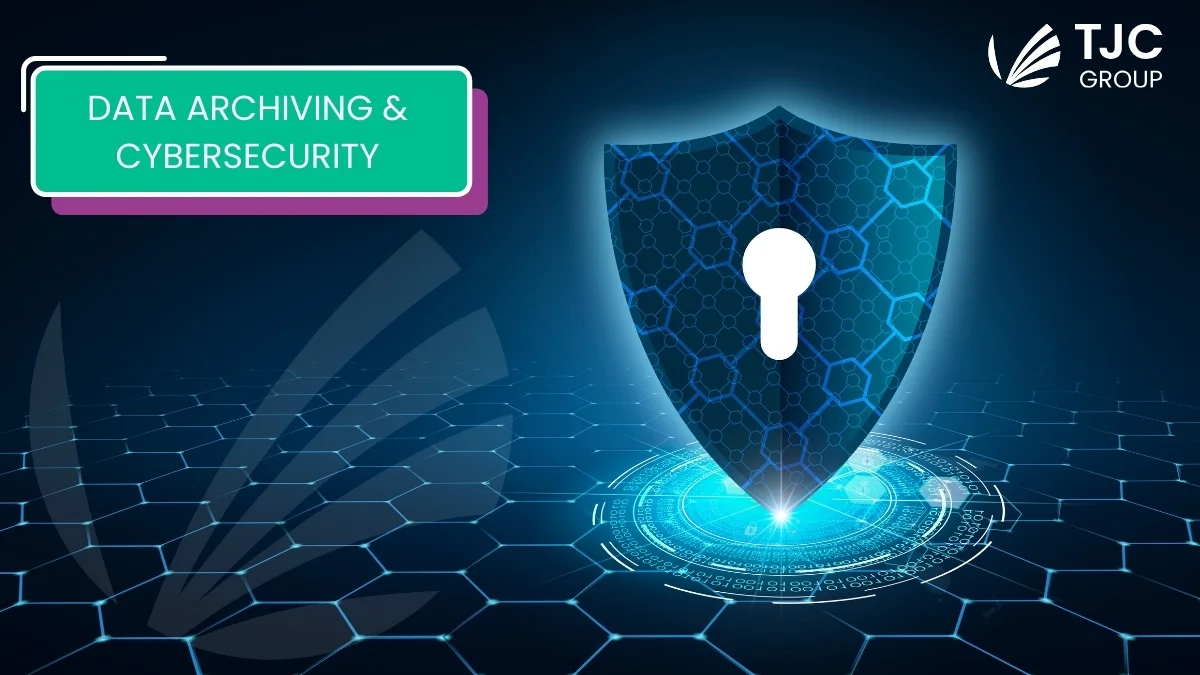
Data volume management is of utmost importance for businesses, no matter its strength or size. It plays several roles in the data environment of the organisation that helps with easier functioning. Consequently, one of its roles is to help with data privacy and security, which you can achieve through data archiving.
You see, data can be in any form. Fact of the matter, your emails are also data, and yes, they need to be archived as well. According to IDC, business emails comprise approximately 60% of business-critical data. The emails could be confidential information, company finances, solution sheets of products, and so on. Since cybercriminals can send Trojan Horses, worms, and malware through emails to steal and destroy data, overall data reduction in your organisation’s technology landscape is essential.
Data archiving is a strategic approach that helps manage data growth, optimise system performance, and ensure efficient use of database resources within SAP environments. It strikes a balance between retaining important historical data and maintaining a lean and high-performing IT infrastructure. archiving ensures that the data is safe and protected from any potential data breaches, where It is moved to a long-term storage system and can be merged back into the main system when deemed necessary. In the SAP world, the Archive Development Kit (ADK)* is the technology used for data archiving altogether with the Archive Administration (transaction SARA).
So, what role does data volume management or data archiving play in ensuring that your IT infrastructure doesn’t come under cyberattacks through vulnerabilities?
Data Governance
Archiving has several techniques – data governance is one of them. It is an anthology of rules and responsibilities ensuring data availability, quality, and most importantly compliance and security throughout the organisation’s IT infrastructure. With the help of data governance in data volume management, you can establish the infrastructure and name individuals or positions within your organisation who will have both authority and responsibility to handle and protect specific kinds of data.
We’d like to emphasise that data governance is a crucial part of compliance, where systems ensure the mechanisms of storage and security. As a matter of fact, it ensures that data is precise and protected accurately before any data is put into the system (during usage or retrieval).
Data security
Ensuring that your data is safe and secured within your organisation is one of the major concerns today. So, it is a plus point that data archiving ensures data security! However, the twist is that data security comes as a part of data governance. It ensures that the systems are set up correctly, and more importantly, administered to safeguard your data. Additionally, data security also ensures that necessary procedures are in place to protect data, essentially those that are outside of the database or system.
Faster disaster recovery
At times, no matter how vigilant you are, security issues can occur – we get it! However, having a strategy to restore or back up your data is quite important. Thankfully, data archiving has your back! Because of its data reduction abilities, you not only have a reduced database size but also an optimised system performance. Together, they contribute to effortless disaster recovery as well as improved business continuity. Therefore, organisations can enjoy easy backup and data restoration while minimising downtime and loss of data in case of system failures due to data breaches and cyberattacks.
Additionally, data archiving helps organisations with effective implementation and enforcement of data retention policies. Retention periods, along with archiving criteria, ensure legal and regulatory compliance.
Take charge of your data security
With more and more data in today’s digital landscape, organisations must be extra cautious about protecting their data from breaches and cyberattacks. The severity of cyberattacks and data breaches is tremendous. As per records, the UK has lost more than 34.5 million Euros because of cybercrimes in 2021. Furthermore, it has been estimated that global cybercrime damages could go up to USD 10.5 trillion by 2025. Data breaches are not just heavy on your finances; they can lead to –
- Reputational damage
- Fine imposition
- Productivity and morale damages
- Business continuity
- Partnerships; loss of client trust.
- Restructuring
- Legal liability
Cyberthreats are increasing at a worrying rate in sophistication as several new techniques have emerged. These threats and attacks extort money from organisations or individual users, disrupt businesses, or simply steal and destroy sensitive information. What goes in the minds of the malicious hackers is only known to them; but to protect our data and systems from these activities, having robust cybersecurity policies and opting for data archiving, and removal of obsolete data and systems are a must. The time to act is now, and with data archiving, achieving robust security is potentially possible.
Conclusion
While cybersecurity and archiving work hand-in-hand, having a partner that strengthens the process is a plus point. Here’s where TJC Group comes into the picture. With 25+ years of expertise in data volume management, our data archiving solution goes beyond the nuances of cybersecurity. Moreover, our archiving software – the Archiving Sessions Cockpit (ASC), further enhances the entire process as it performs automated archiving regularly, eliminating the chances of any manual errors, and thereby reducing risks of any data breaches or cyberattacks.
As an ISO27001-certified organisation, we ensure that the needed cybersecurity policies and guidelines are in place for all our software and internal and external systems.
Get in touch with us to leverage maximum benefits from our solutions. Rest assured; we will take of your data archiving needs!



